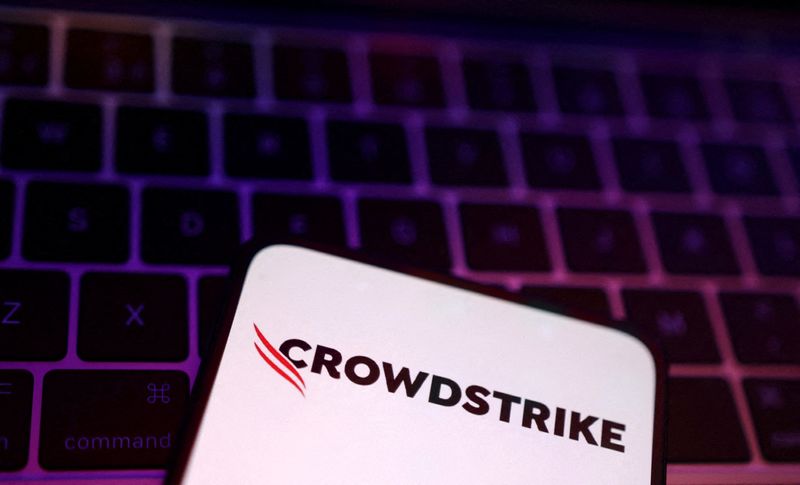JPMorgan’s Dimon weighs in on potential Fed chair candidates
On Wednesday, Oppenheimer has raised its price target for CrowdStrike Holdings (NASDAQ:CRWD) to $410 from $365, while maintaining an Outperform rating on the stock. This adjustment follows CrowdStrike's robust third-quarter performance, which surpassed both revenue and earnings expectations. The company managed to maintain strong gross retention and module adoption despite experiencing a significant outage on July 19.
The outage has had lingering effects, including longer sales cycles and delayed deals, which have led to gaps in the sales pipeline. However, CrowdStrike's Flex (NASDAQ:FLEX) and financial services sectors have been instrumental in driving increased module adoption, larger deal sizes, and longer contract durations. Customers are now opting for additional modules rather than extended deal terms as part of the Customer Commitment Package (CPP). This trend is seen as indicative of solid customer commitment and points towards a probable rebound in the second half of fiscal year 2026.
Despite these positive developments, the stock is expected to remain within a certain range until there is more clarity regarding the company's Annual Recurring Revenue (ARR) guidance. Previously, the focus was on ARR, but it has now shifted to net new ARR (NNARR) re-acceleration in the second half of fiscal year 2026.
Oppenheimer believes that despite the short-term challenges posed by the outage, CrowdStrike's long-term growth prospects are still very much intact. The firm's decision to raise the price target to $410 reflects confidence in the company's recovery and future performance.
In other recent news, cybersecurity firm CrowdStrike Holdings has reported surpassing the $1 billion revenue mark in its third-quarter fiscal year 2025, a 29% increase from the previous year. The company's Annual Recurring Revenue (ARR) saw a substantial rise, reaching $4.02 billion, marking a 27% growth from the previous year. Despite earlier operational challenges, CrowdStrike managed to exceed Wall Street's predictions, demonstrating robust revenue, operating income, and free cash flow.
Piper Sandler and Truist Securities have both displayed confidence in CrowdStrike's ongoing business momentum. Piper Sandler raised the company's price target to $375, maintaining an overweight rating, while Truist Securities reaffirmed a Buy rating and a $375.00 price target. Both firms' stance reflects their belief in CrowdStrike's strategic positioning within the cybersecurity market.
CrowdStrike has updated its financial outlook for the full fiscal year 2025, raising its revenue and margin targets. The company anticipates accelerating net new ARR growth in the latter half of fiscal year 2026 and aims to reach $10 billion in ARR by fiscal year 2031. These recent developments underscore CrowdStrike's commitment to growth in the cybersecurity market.
InvestingPro Insights
CrowdStrike's recent performance and Oppenheimer's optimistic outlook are further supported by real-time data from InvestingPro. The company's market capitalization stands at an impressive $89.3 billion, reflecting strong investor confidence. CrowdStrike's revenue growth remains robust at 33.07% over the last twelve months, aligning with the article's mention of surpassed revenue expectations.
InvestingPro Tips highlight that CrowdStrike is trading at high valuation multiples across various metrics, including earnings, EBIT, EBITDA, and revenue. This premium valuation suggests that investors are pricing in significant future growth potential, which corresponds with Oppenheimer's raised price target and maintained Outperform rating.
Additionally, CrowdStrike has demonstrated a strong return over the past year, with a one-year price total return of 73.42%. This performance underscores the company's resilience and ability to navigate challenges, such as the mentioned outage, while maintaining investor confidence.
For readers interested in a deeper dive into CrowdStrike's financials and market position, InvestingPro offers 16 additional tips, providing a comprehensive analysis to inform investment decisions.
This article was generated with the support of AI and reviewed by an editor. For more information see our T&C.
